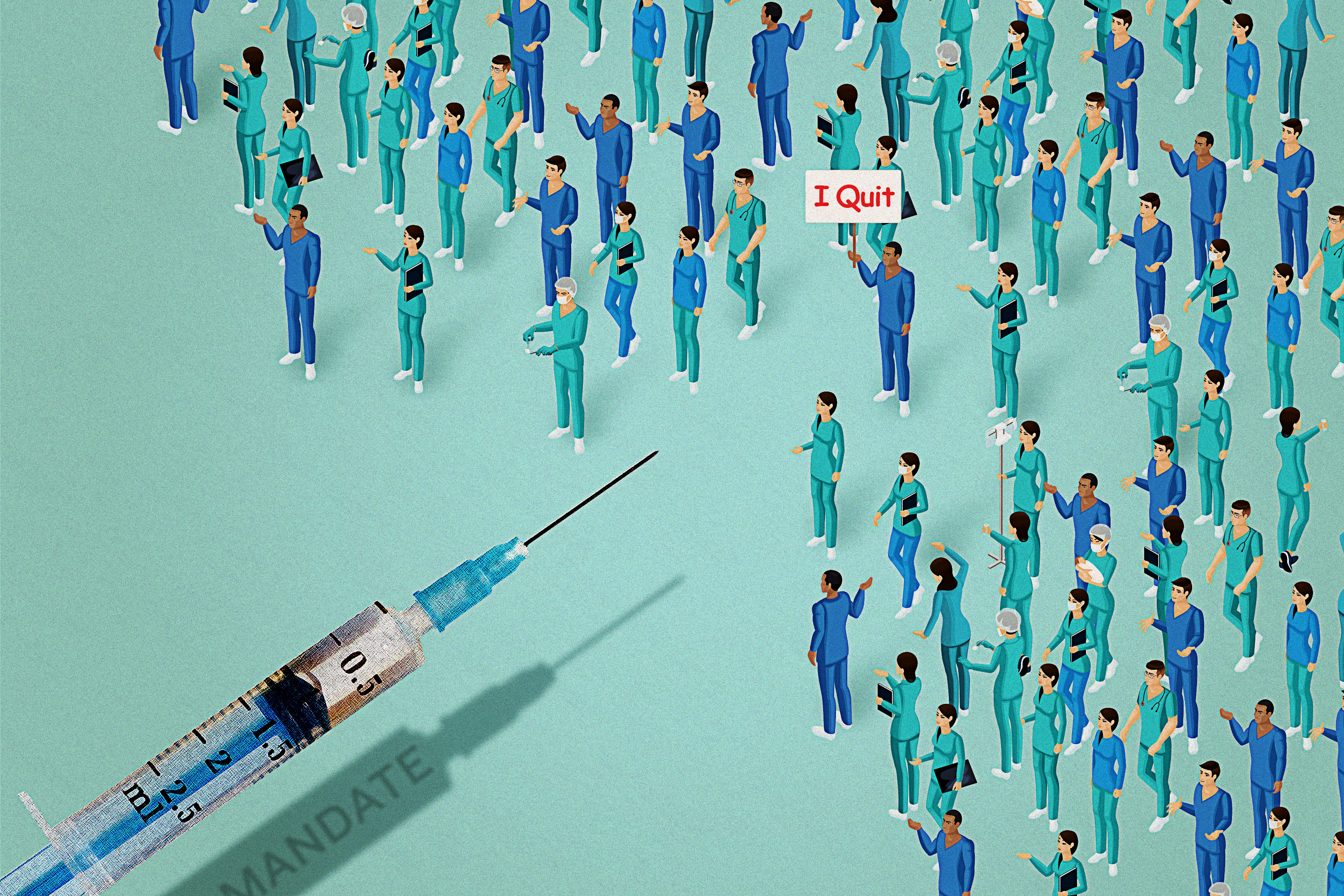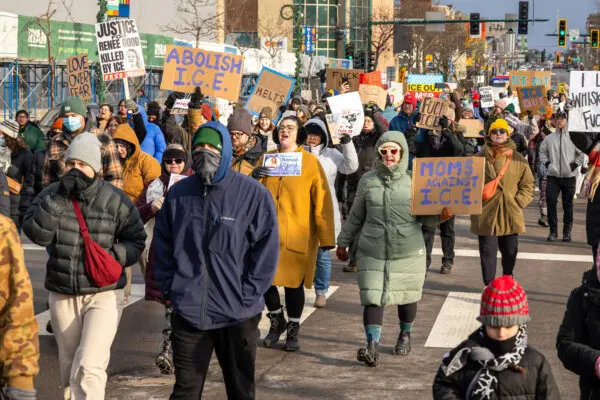Behind the Biggest Nurse Exodus in 40 Years
‘The movement of nurses away from hospital employment may be the most damaging health care workplace impact of the pandemic,’ a 2023 report states.

Illustration by The Epoch Times, Shutterstock
|
Updated:
A 40-year record high of 100,000 nurses left their jobs in 2021, according to a
study published in Health Affairs Forefront in April 2022.
The study noted that the exiting nurses were primarily younger, rather than the expected age group of above 50.










